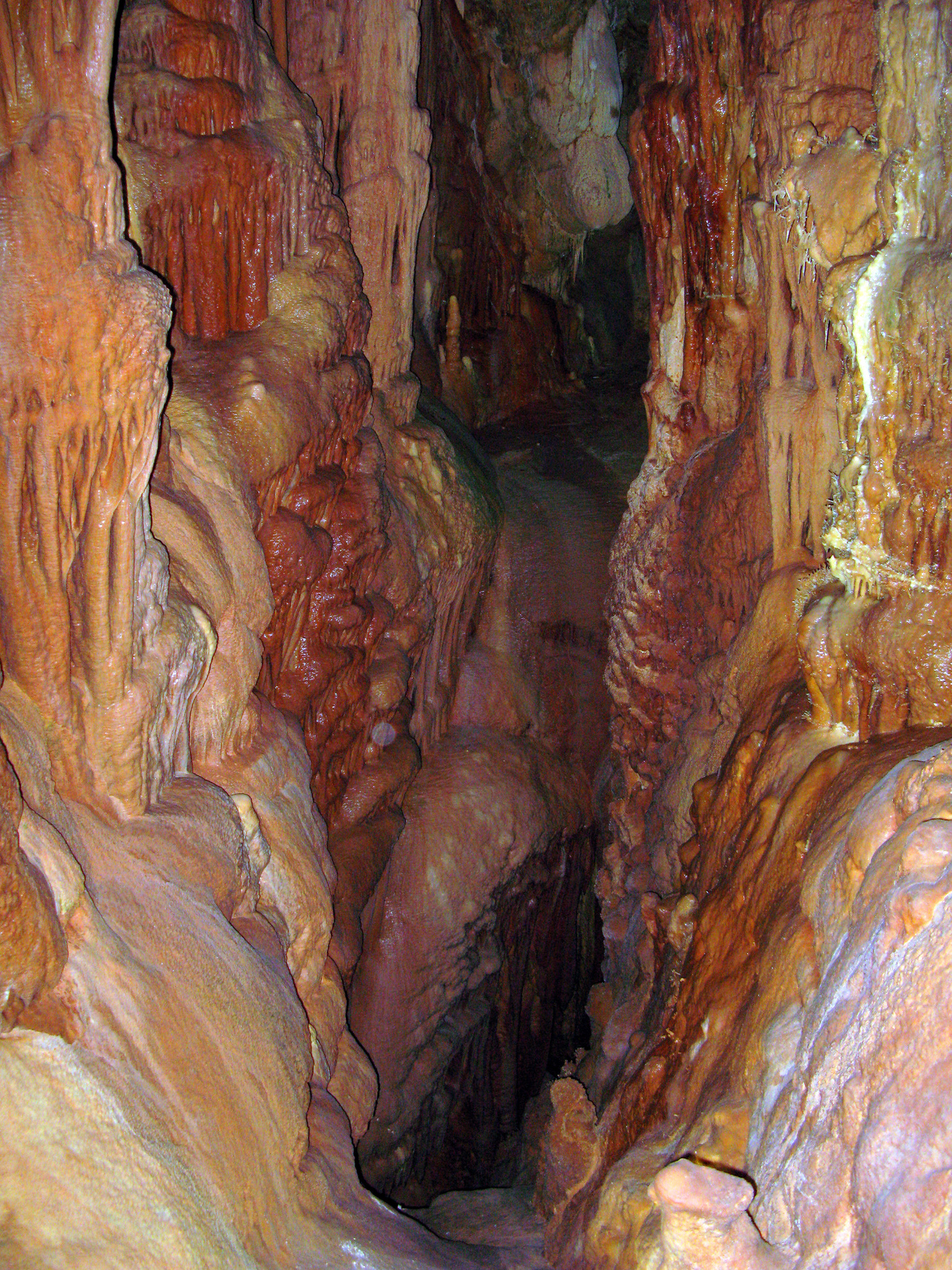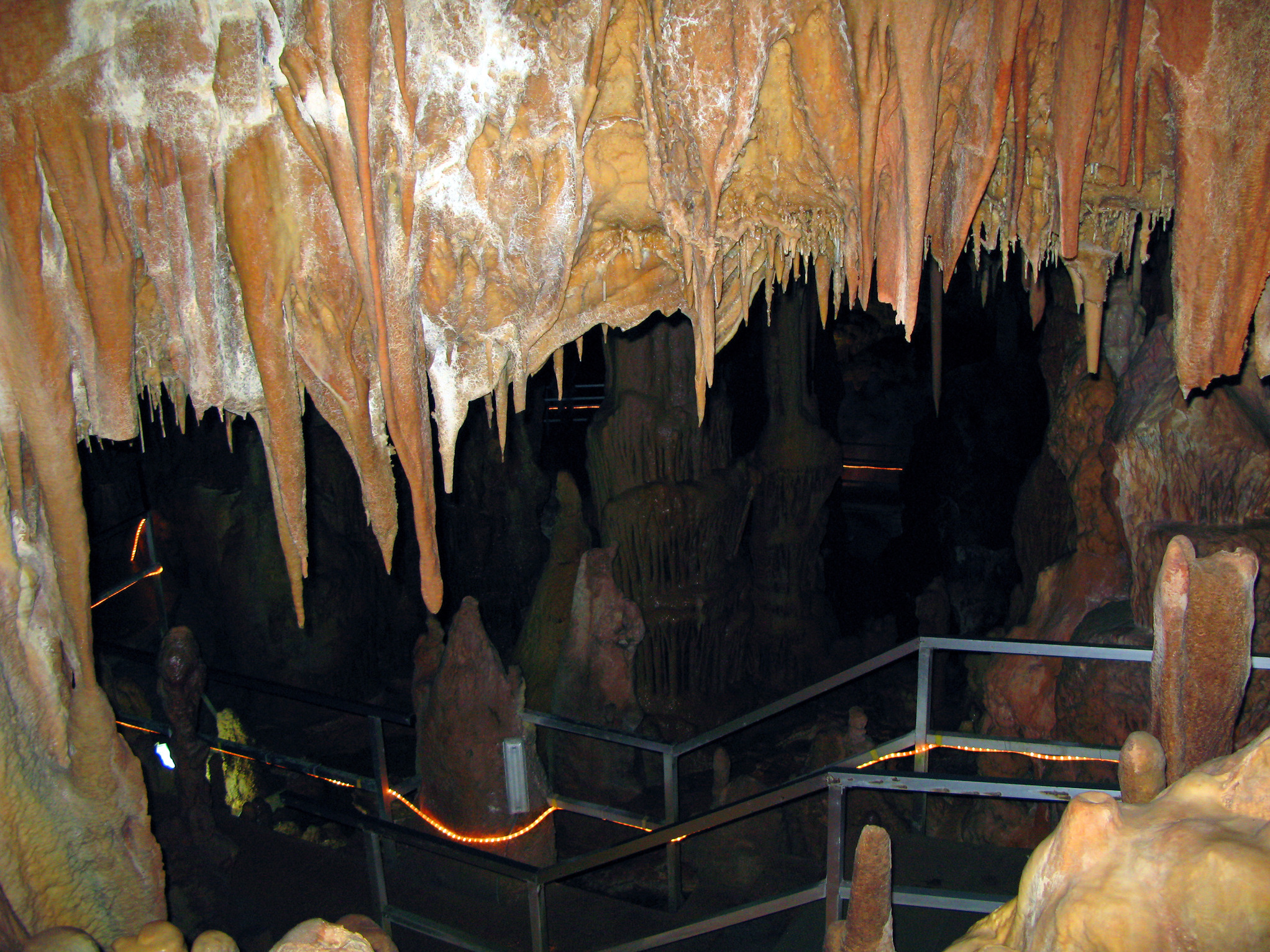
Petralona Cave
Petralona Cave
The first traces of human life in Europe
Petralona Cave, near the village of Petralona in Chalkidiki, approximately 50 kilometers from Thessaloniki, was discovered in 1959. It became globally famous due to its findings, as it contained the oldest human skull in the European continent, dated to about 700,000 years ago, making it the oldest known European inhabitant to date.
These early traces of human existence provided significant information about human evolution. Their tools made from stones and bones, as well as the remains of their food, revealed their technology, hunting techniques, and dietary habits. Remains of animals that no longer exist in the region (cave bears, lions, panthers, rhinos), along with dozens of species of mammals, rodents, and birds, are included in the history of the area's fauna. Additionally, ashes from what is believed to be the first fire lit by humans on Earth were found and are preserved in the nearby museum, along with numerous other artifacts from the cave.
The temperature inside the cave remains constant throughout the year, at about 17 degrees Celsius. The visit to the cave is mesmerizing, as, beyond its significance in paleoanthropology and the history of human civilization, the Petralona Cave presents a unique and incomparable landscape of unimaginable beauty. Stalagmites and stalactites in reddish colors from the deposit of bauxite, small lakes fed by minerals for hundreds of thousands of years, reproductions of animals from that era, and prehistoric humans can all be observed along the 700-meter accessible path out of the total two-kilometer length.
Please note that due to maintenance works, Petralona Cave has remained closed to the public for several years, and it is recommended to contact them at 2373073365 before heading there to confirm its availability.



